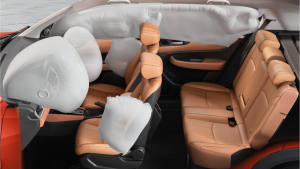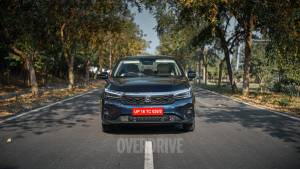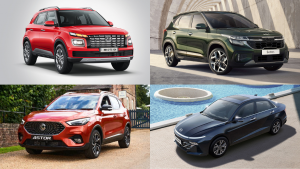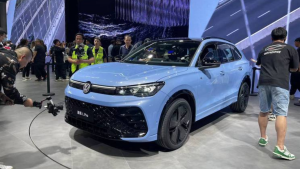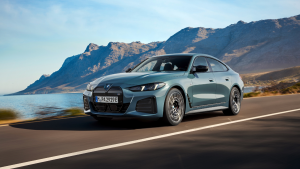Comparison: Honda City CVT vs Hyundai Verna DCT vs Skoda Rapid AT
If we told you five years ago that cars like these would soon become a left-field choice, and not be the first set of wheels you aspire to own, you would have laughed us off quite quickly. Through this change though, the Honda City has stayed put at the top. The Hyundai Verna on the other hand has been the one to match the City, step for step, the closest over the years. As for the Skoda Rapid, it's had a storybook late-life resurgence and is now the strong contender it should have always been.
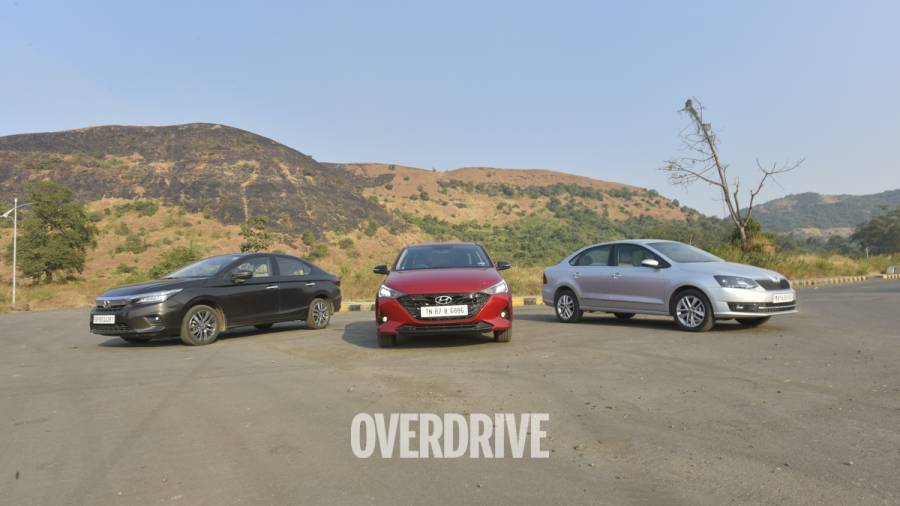
But the days of the C-segment sedan aren't numbered, far from it. With these cars now being seen as the ones to be driven, there is more choice in tech and conveniences than ever before. With just these three, you can have the City with a new CVT gearbox, the Verna with Hyundai's DCT and the Rapid now with a more easily accepted torque converter. So which one offers the best automatic sedan experience?
Styling
The City is the newest car here, completely reskinned for this generation. But with the stunning job Hyundai has done with the Verna's mid-life facelift, that isn't immediately apparent. The Honda has grown to be the longest, widest and tallest in this company, but the Verna is as impactful to look at. It creates a very convincing allure of sportiness with its low nose and flowing coupe-like silhouette and arched rear section. The richly detailed full-face grille with the many gloss-black embellishments front and back add to that sense further. With the discreet Turbo badging and the cosmetic twin exhausts, there's just the correct degree of intent to what is the sportiest version of this sedan.
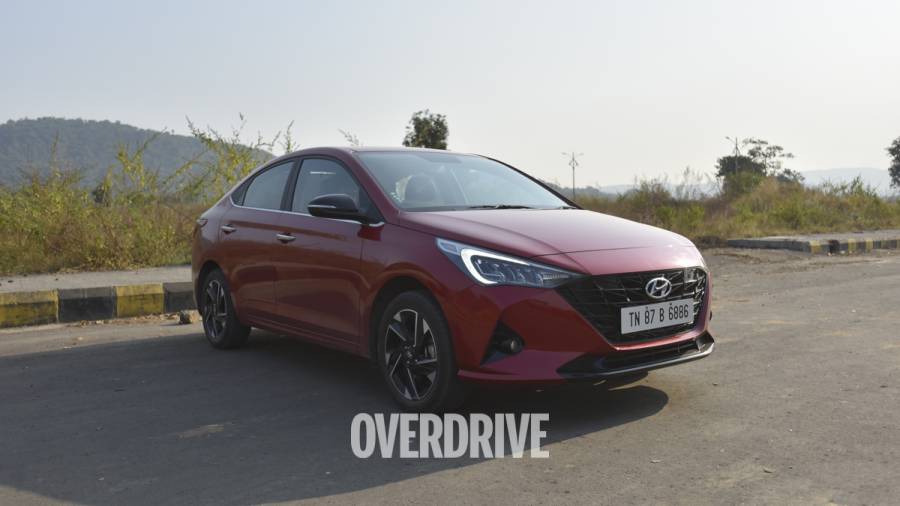
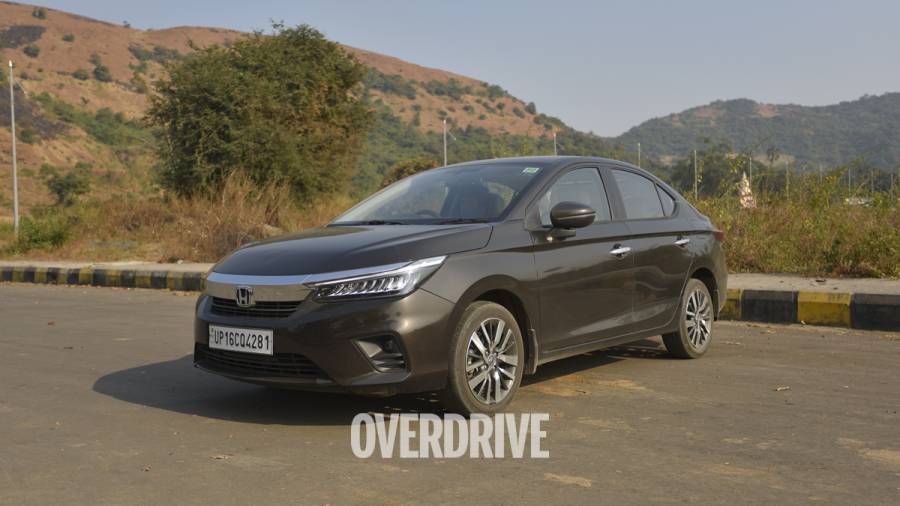
This isn't to say that the City is overshadowed here. Far from it, the Honda seems to capture the look of a stately luxury sedan best. The horizontally themed front with jewelled LED headlamps and the thick chrome band brings just the right amount of attention. The more upright shape has its advantages, as we'll see later, but the straightforward bodylines and chiselled panels make for the most sophistication here. The compact rear with its subtle boot lid spoiler and the detailed LED tail lamps keeps this sense too.
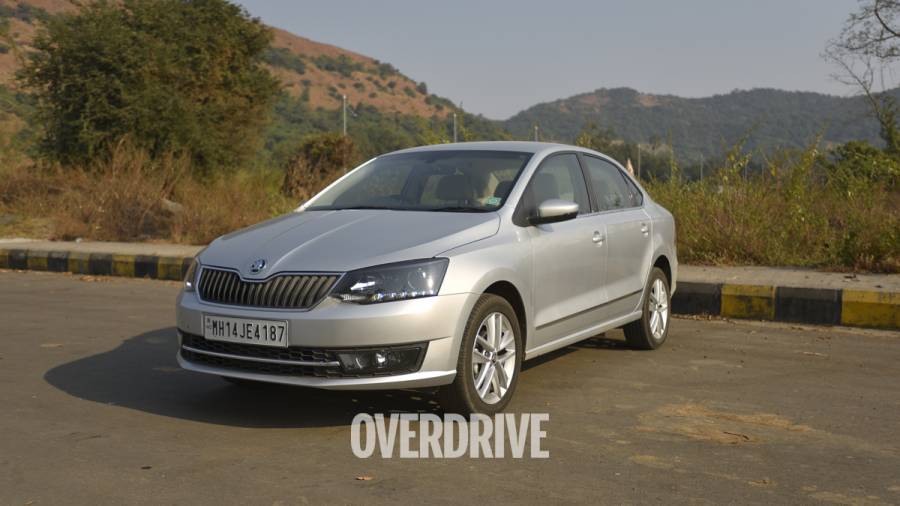
The Rapid, credibly, doesn't look completely out of its depth here. We wouldn't choose this simple shade of silver but this shape has aged well. It still looks contemporary, just a bit too familiar, and does a fair job of echoing the image of a restrained German sedan. We'd suggest you pick the slightly sharper-detailed Monte Carlo variant over this Style. The chrome embellishments and softer paint options on this variant don't do much for the Rapid's look.
Interiors and features
Both the City and the Verna share the same 2,600mm wheelbase, but things couldn't be more different on the inside. Honda's expertise at carving space out of a car is fully evident here. The City feels light and comforting on the inside. There's great visibility out of the car and the horizontally-aligned theme from the outside is carried over here to great effect. The minimalistic dashboard is very intuitively laid out with a crisp action to all the controls. With the soft beige panelling, the perception of quality here is the best of all three. As perfectly thought out as the part-digital instrumentation is, the touchscreen could have done better. It catches reflections quite easily and could have done with a more modern interface.
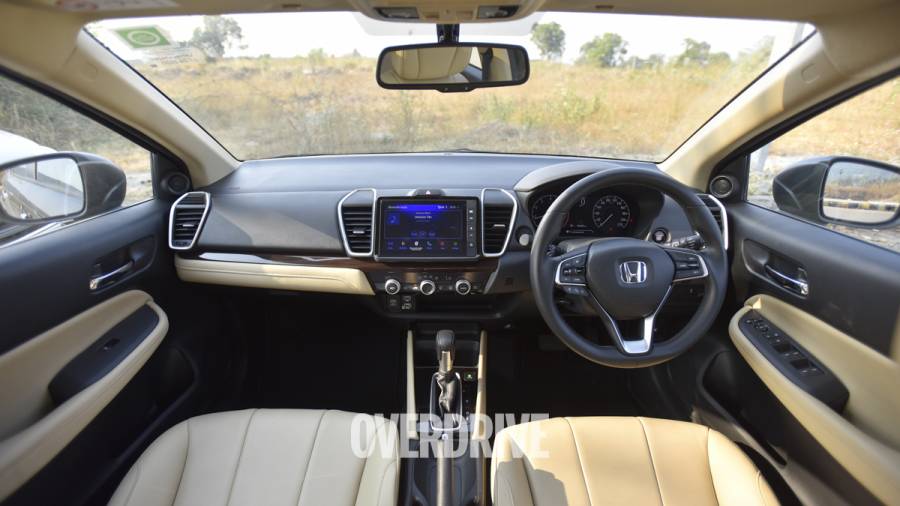
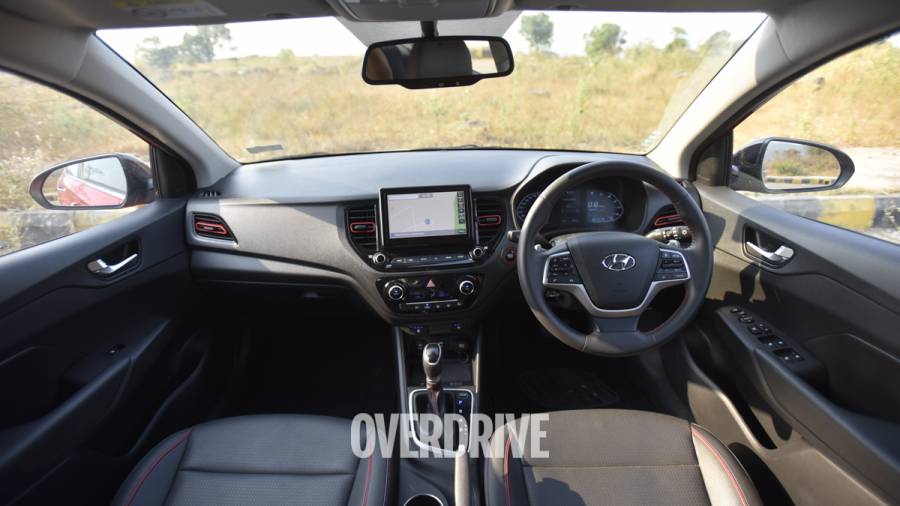
The Verna's 8-inch infotainment system, conversely, is one of the best of any car in this price range. It's new for this update, along with those flashy digital dials, and comes with a more comprehensive suite of connected car features than the basic app-based one in the City. It's also the best sounding of all three here. The rest of the Verna's interiors are quite far removed from the gentle space of the City, this Verna Turbo likes to wear its sportiness on its sleeve. Evidenced by the all-black theme and the red highlighting, the Verna's cabin also feels like the cosiest with the high, wraparound dash and the layered centre console. It's not as crisp as the newest Hyundais here but still makes for a fairly contemporary place to spend time in. There's probably a touch fewer soft materials here than we like but of more concern is the limited rear-seat legroom. The City contrarily is far roomier for rear-seat passengers with slightly softer cushioning for the seats. The Rapid will also be comfortable for rear passengers but it's narrower, so three abreast may be a bit more of a squeeze.
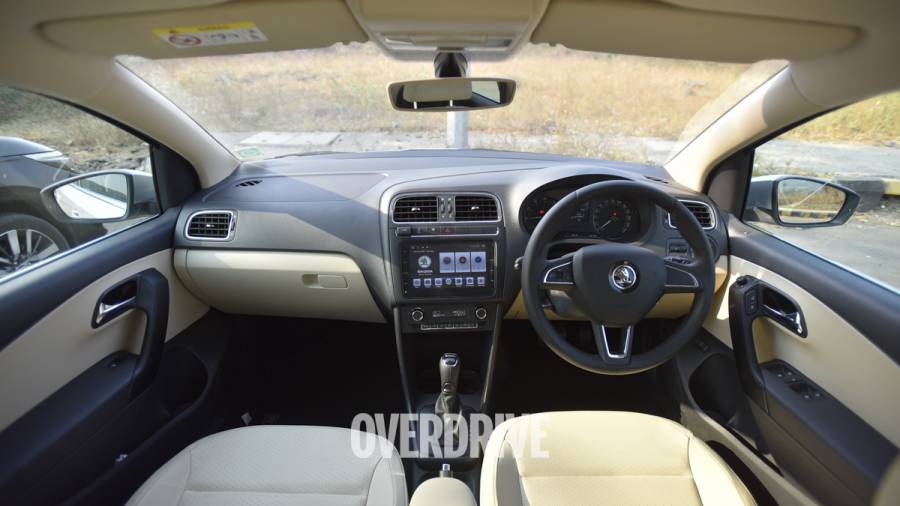
As for the rest of the Rapid, there's no hiding the fact that it is built around an older platform with none of the intelligent space management that newer structures allow. The driver's footwell is the most cramped here and there are some significant feature misses like push-button start and a sunroof. But you still get climate control and powered mirrors from the base Rider Plus variant onwards. But as you would expect, what is there feels the most solid and well put together in this company, with quite an intuitive layout. This temperamental Android tablet is shonky at best to use, although lower spec cars give you the smaller but much more intuitive 6.5-inch unit with Android Auto/Apple Carplay.
Engine and gearbox
If you thought the Rapid was starting to look a bit out of its depth in this group, this is where the Skoda firmly establishes itself as a serious contender. Its new 1.0-litre turbo-petrol is at a 10PS (110PS/175Nm) deficit to the other two, but you wouldn't know it from behind the wheel. This TSI motor is a characterful little thing, linear and refined when you need it to get you through traffic but eager and sonorous when you are wringing it out for some fun. It's hobbled a bit by the new six-speed torque converter's prudence, the gearbox delays downshifts a touch longer than what would be ideal when stressed. But leave the Rapid's gearbox in its S mode and this quirk fades away, making for uninterrupted progress.
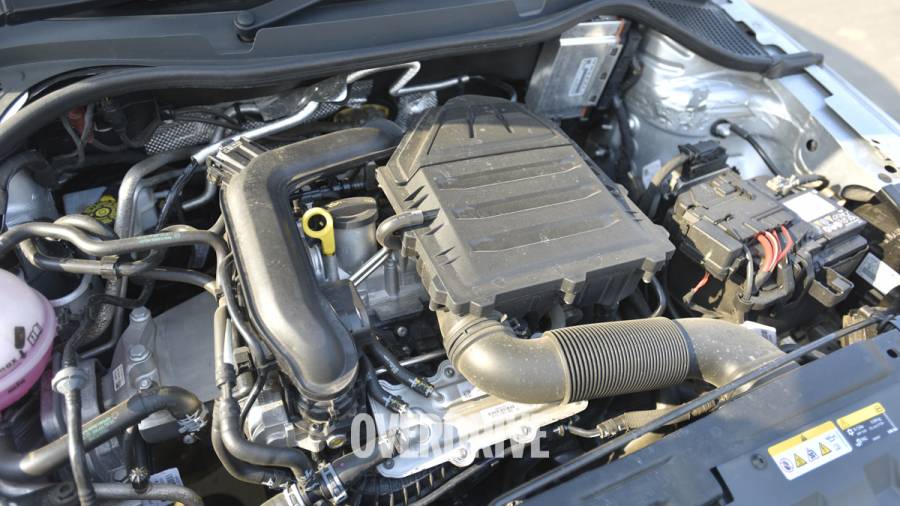
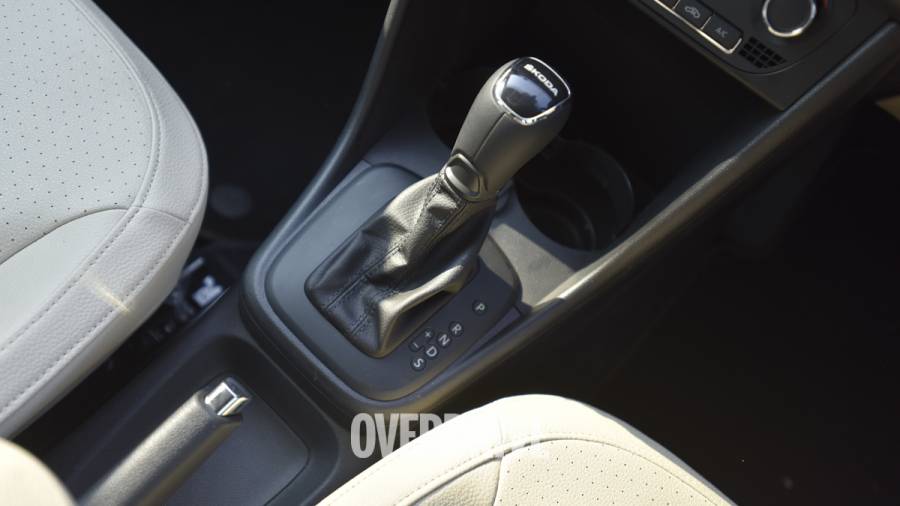
In numbers, the Verna's 1.0-litre turbo unit(120PS/172Nm) is almost identical to the one in the Rapid. But in practice, the two are distinctly separate. There is a bit more of the typical three-cylinder clatter here at idle, but this engine revels in our dog-eat-dog traffic. The seven-speed DCT it pairs with is similarly unhappy while downshifting to heavier throttle inputs, but stay light with your feet and the Verna makes swift progress. The paddle shifters help with this immensely too. The acceleration deficit to the Rapid shows up due to this DCT's penchant for self-preservation. We were also hoping for some more excitement in the Hyundai's power delivery after the Rapid. The T-GDi unit is clinically flat in the way it reaches the redline, and no doubt very effective for it, but a bit of character would have livened things up.
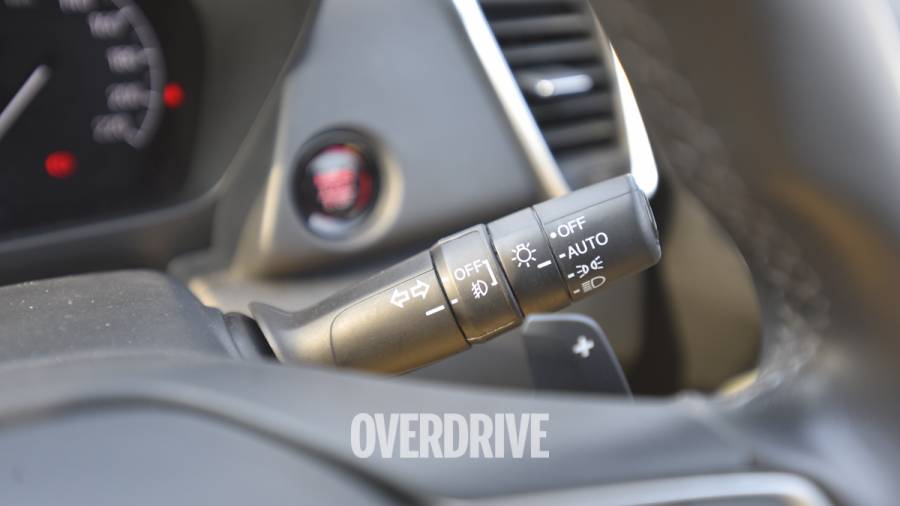
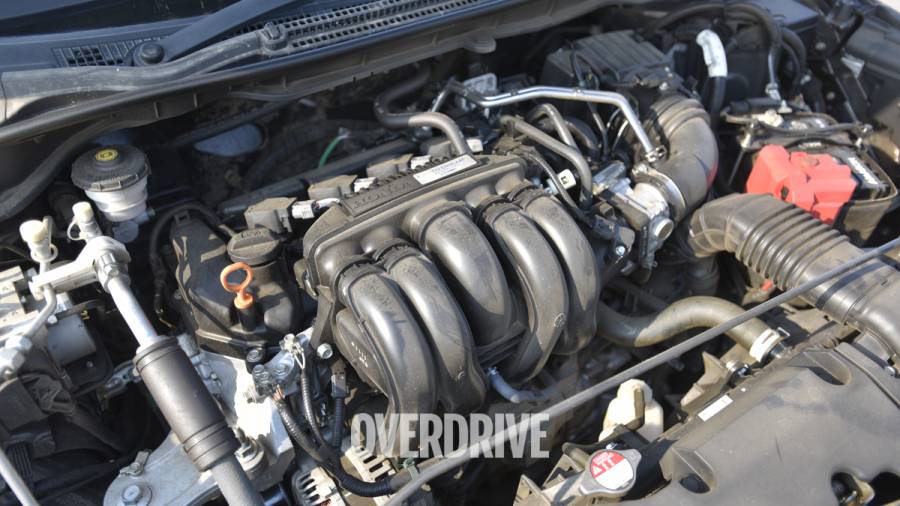
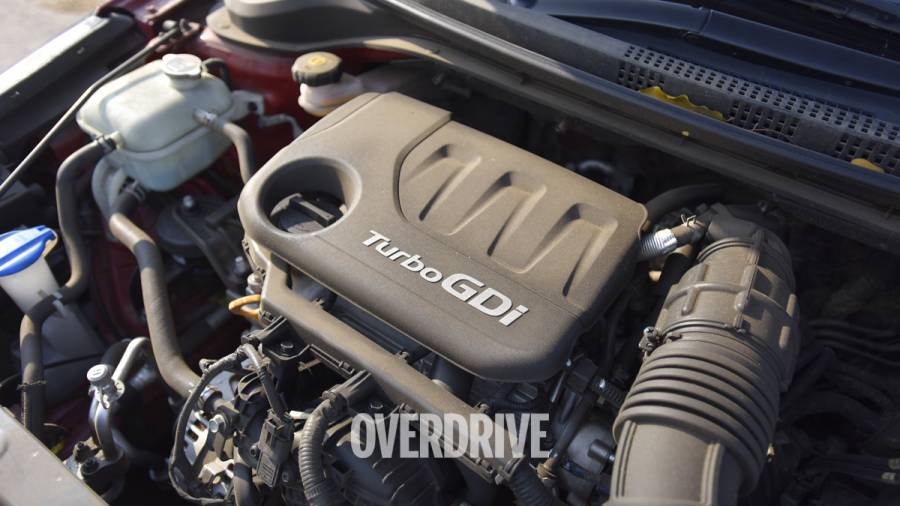
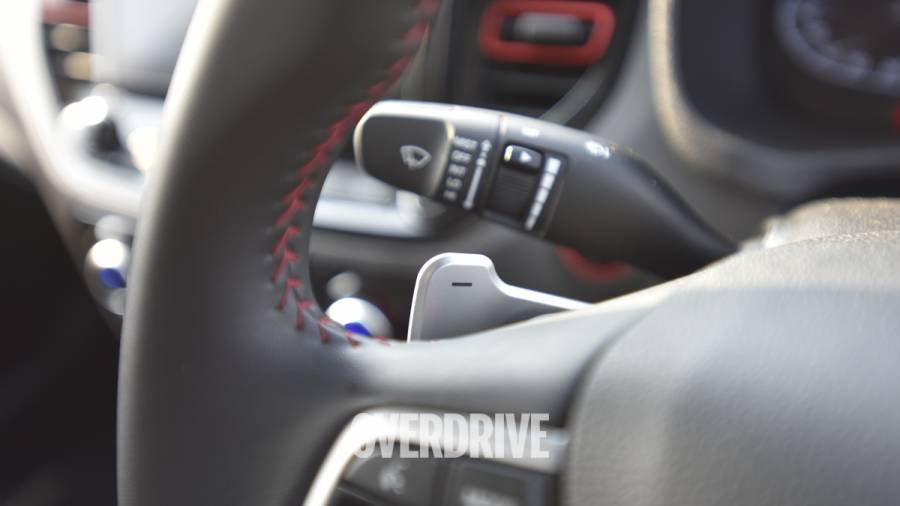
Ironically, it's the City with its most traditional 1.5-litre N/A four-cylinder petrol(121PS/145Nm) and CVT combination that feels the most refreshing to drive on first acquaintance. The Honda trademark of immediate throttle response and exceptional engine refinement isn't diluted here. In fact, with this seven-step CVT, we've had to leave most of our preconceptions at the door. This unit is the most attentive to part-throttle inputs, dropping as many ratios as it needs to to get you moving. It does get caught out by a hint of the rubber-band effect but recovers quickly enough. Its mid-range torque disadvantage is nullified by the gearbox and use the responsive paddles combined with an even more alert sport gearbox mode, and the City is anything but a laggard in traffic or out on the open road. It barely gives anything away to the Rapid in the numbers. Another big tick for the City is that it is more efficient than the other two or even the petrol-manual City.
Ride and Handling
A perfect complement to the Rapid's lively motor is the way it steers. Skoda India has had a lot of time to fine-tune this platform, and this is apparent in the nice balance between compliance and directness that the Rapid achieves on our roads. Most bumps and undulations are left out of the cabin, and the Rapid will tackle a set of twisties with confidence and just the right degree of progressive lean. The steering is the only hydraulic setup here, brimming with good, old-fashioned feel and heft. Although, after a hard day's work, you might not find this trait too appealing on your commute back home.
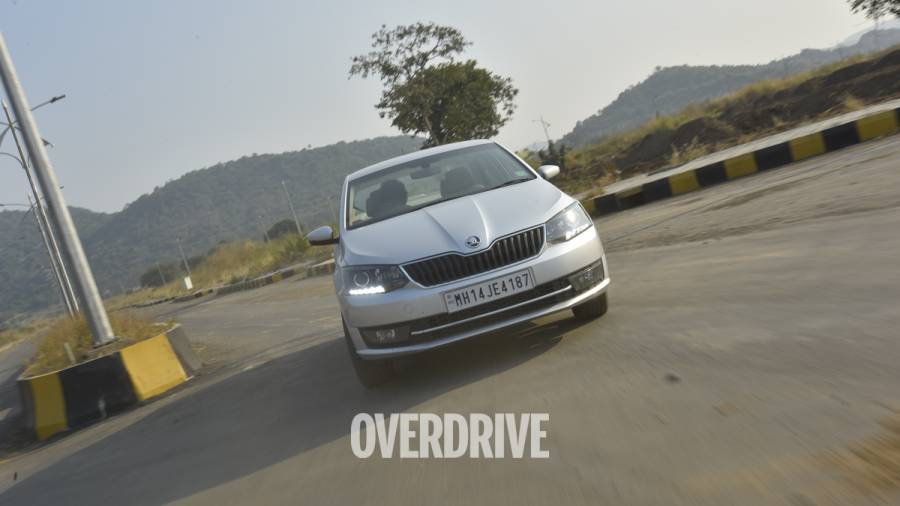
The City addresses this perfectly. Its steering is effortless in the city but with just enough feedback to let you know what the front wheels are doing. The City is also the most eager to turn in although the softer suspension tuning means that it can't quite match the poise of the Rapid in these situations. Where this helps though is over bumps and potholes. It's not as good at separating the cabin from bigger jolts, but smaller blemishes are tackled well. However, the long overhangs on the City can sometimes scrape over dips and crests taken enthusiastically.
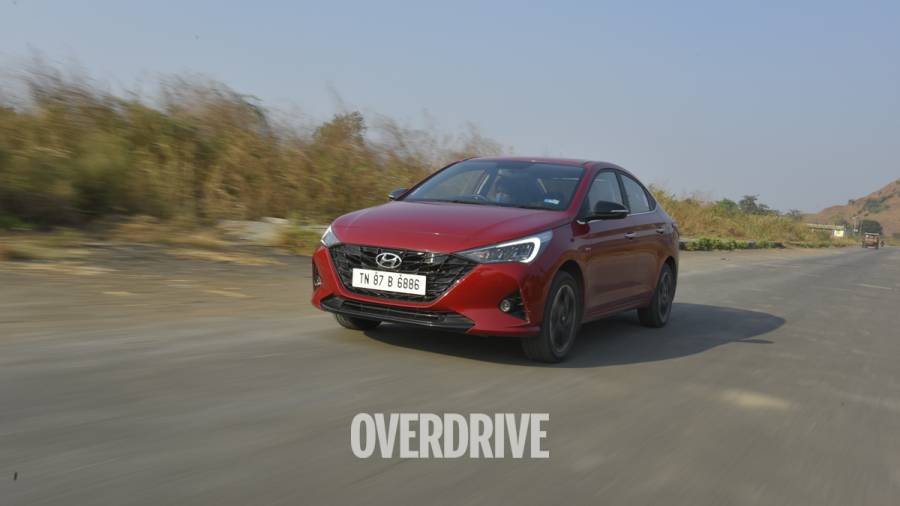
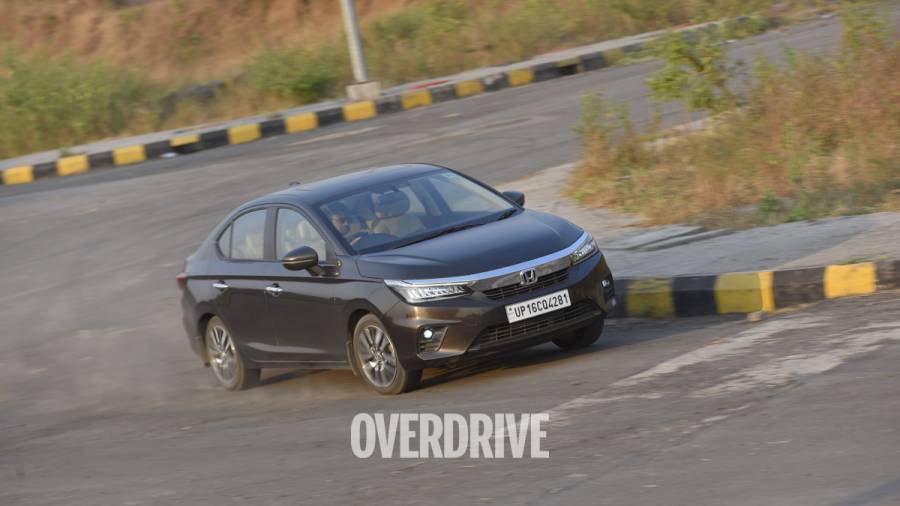
The Verna is the least stressful in heavy traffic and feels as composed as the City in a straight line at reasonable speeds. But it can't quite absorb bumps, especially larger ones, as well as the other two, with a sharp rebound to the damping that doesn't quite even out as speeds increase. The suppleness to the ride that we've liked in newer Hyundais like the Creta and i20 is missing here. This slightly stiff ride allows the Verna to stay the flattest around bends, but the steering isn't quite able to complement this. The eagerness that the Rapid or the confidence that the City allows isn't seen here.
Safety
The Verna Turbo DCT is only available with the top SX(O) trim which gets you six airbags. That's the same as the top City CVT ZX. But where the Honda brings the added sense of assurance is that even the base Z CVT will give you four airbags. The Lane Watch camera is another reassuring touch but is somewhat hobbled by its bleak camera resolution. The Hyundai is also the only one to offer rear disc brakes here, but as our braking distances show, it could do with a bit more effectiveness and feel. As you would expect with the Rapid, it's behind the curve here. Only this Style trim offers four airbags, all other variants of the At make do with two.
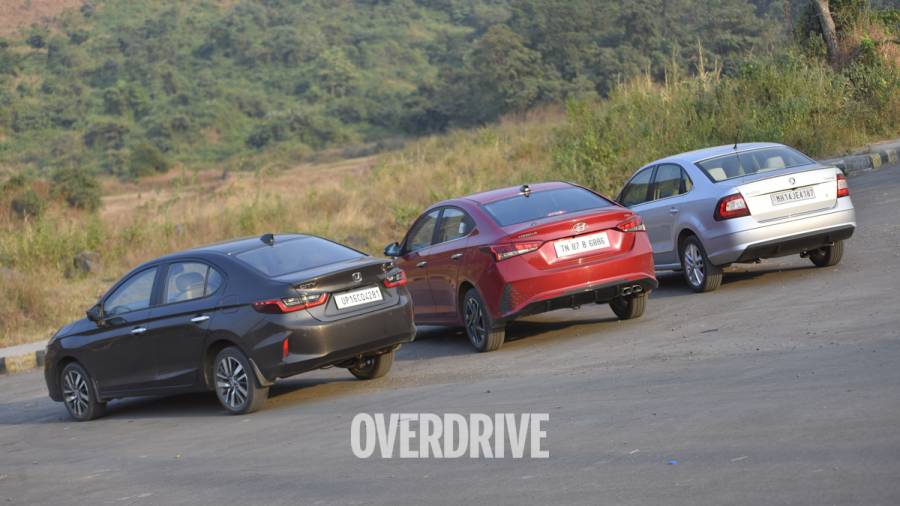
Verdict and prices
The Verna is a very capable car any way you cut it. It cossets you with its features and seamlessness in the city and eggs you on with its linearity out on the open road. But, being limited to a single variant in DCT guise hampers it significantly. The Rapid on the other hand has finally done what we always hoped would happen, bring a no-compromise automatic experience at genuinely mass-market pricing. You don't really lose out with the lower-spec Rapids, even though this Style trim is a significant undercut to the other two. That lively TSI motor and the almost perfect balance between comfort and handling mean that it is a far more compelling proposition than you think at first.
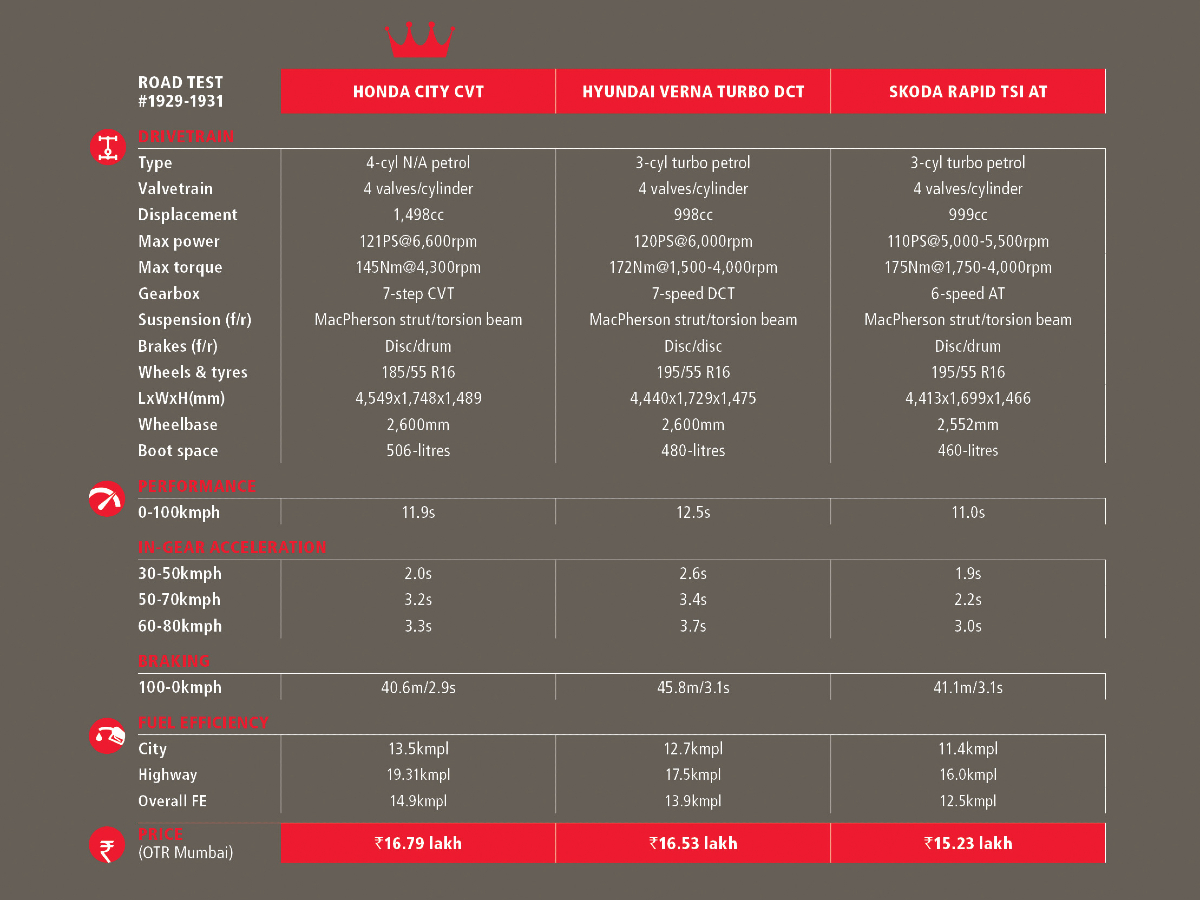
But it's the City that is our pick as the best automatic sedan in this test. Like the best cars, it seems to ask for the least compromise from its occupants. It's by far the most spacious and soothing space to spend time in here. The engine was always going to be a strong suit but it is the CVT that is the revelation here, it's the most efficient car here and barely gives anything away to the others in responsiveness. The wide variant mix also means that the premium it commands can be controlled to an extent.
Read our review of the Skoda Rapid AT here
Read our review of the Hyundai Verna Turbo DCT here
Read our review of the new Honda City here
Watch the Honda City CVT vs Hyundai Verna DCT vs Skoda Rapid AT comparison video below
Starts Rs 10.9 Lakhs
1497cc
Manual
100
145
17.8 Kmpl
Starts Rs 9.31 Lakhs
1493cc
Automatic
115
250
-NA-
Starts Rs 7.49 Lakhs
999cc
Automatic
110
175
18.97 Kmpl
Related Stories
Top Stories
Latest Videos
Most Popular
- Budget Sportbike Showdown: Kawasaki Ninja 500 vs Aprilia RS 457 vs Yamaha YZF-R3
- 2014 Triumph Daytona 675 vs 2024 Kawasaki ZX6R - A Decade of Evolution in Supersport Motorcycles
- Mumbai-Pune Expressway speed restrictions updated
- Nissan Magnite EZ-Shift review - is the AMT any good?
- Nitin Gadkari states that tax on Hybrids should be reduced to 12 percent in the coming future
